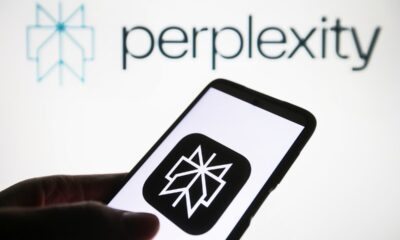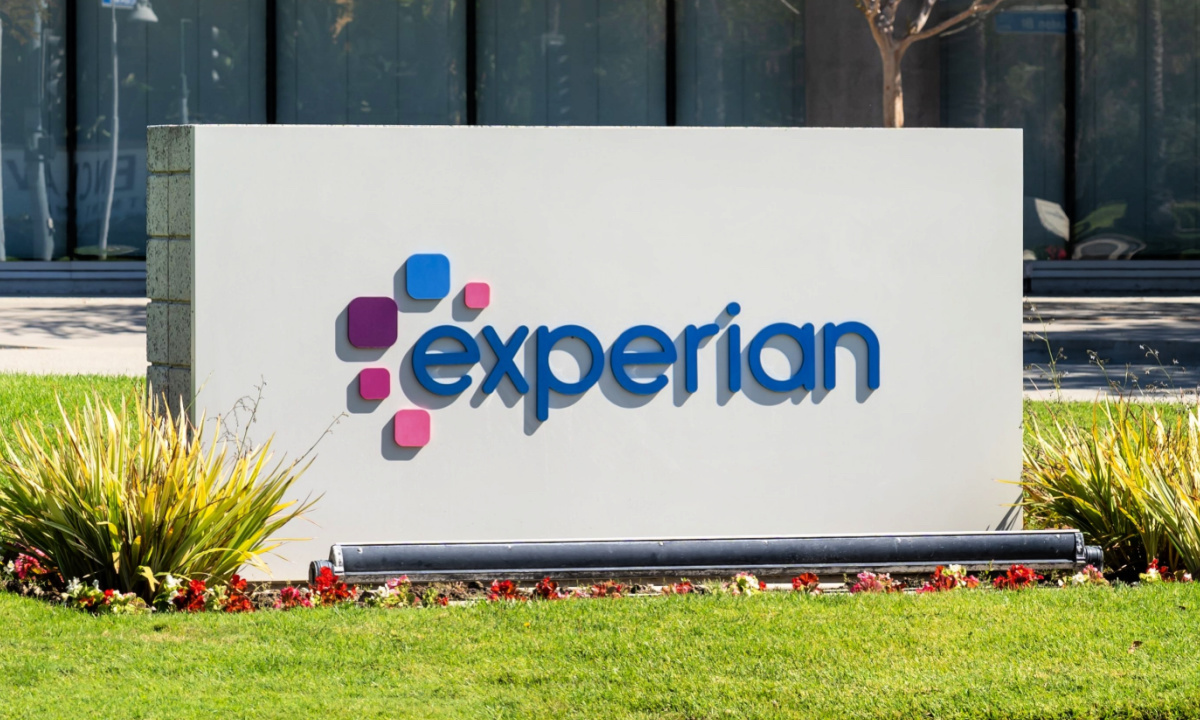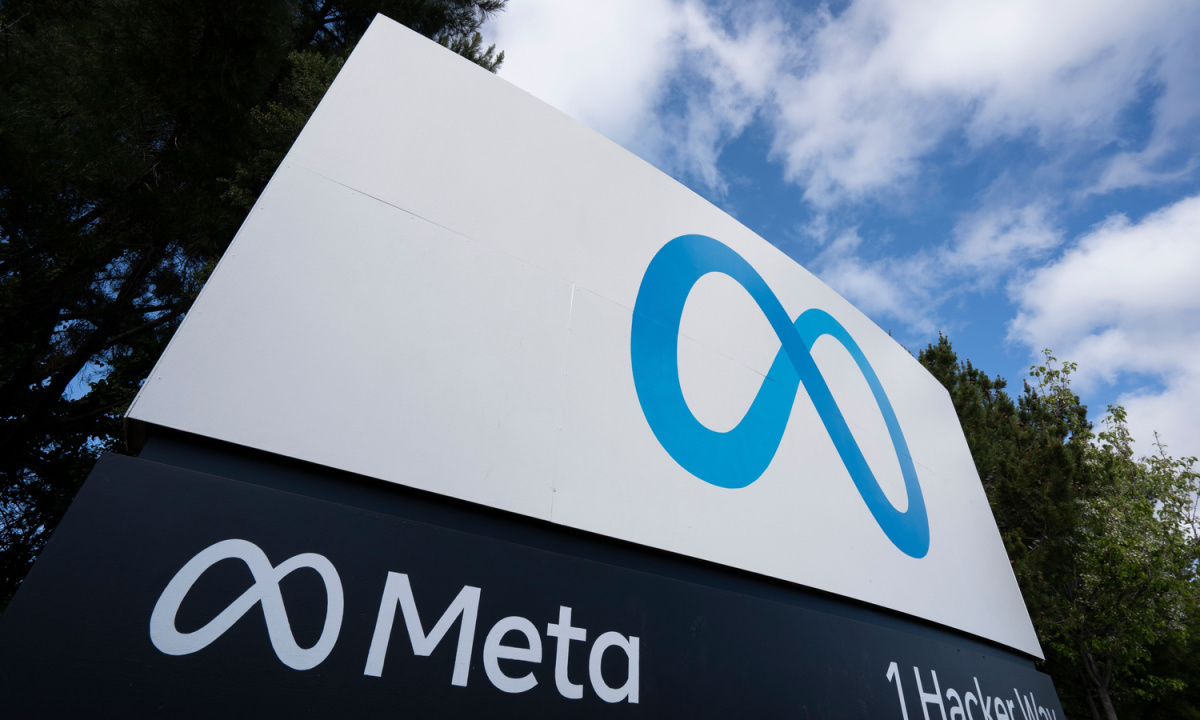For decades, homeownership has stood as the bedrock of the American dream — a symbol of prosperity, stability, and upward mobility. But for millions of U.S. households in 2025, that dream is rapidly transforming into a source of financial fragility.
Data from the latest PYMNTS Intelligence in the July 2025 New Reality Check: The Paycheck-to-Paycheck Report, “The Adjustable-Rate Reckoning: How Homeownership Is Pushing Millions Paycheck to Paycheck,” reveals that a confluence of rising home prices, sticky inflation and the delayed impact of interest rate hikes has turned a growing share of homeowners into paycheck-to-paycheck survivors.
At the heart of this reckoning is a significant shift in borrowing behavior. Adjustable-rate mortgages (ARMs), once a niche product with a checkered past, are gaining renewed relevance in a high-rate environment. But as these loans reset, homeowners are grappling with a new financial reality: one where housing, once a source of equity, becomes a destabilizing liability.
According to the PYMNTS Intelligence report, more than 24 million Americans living paycheck to paycheck attribute their precarious financial state to the costs of homeownership — particularly mortgage burdens.
Why the American Dream Is Getting More Expensive
Since March 2022, the Federal Reserve has raised interest rates from near zero to a 23-year high, seeking to tame inflation. While much of the immediate impact was felt in business and capital markets, mortgage borrowers — especially those with ARMs — are now experiencing the lagged effects.
According to PYMNTS Intelligence data, homeowners with ARMs are disproportionately burdened. Nearly 80% of those living paycheck to paycheck have increased credit card usage in recent months to manage rising mortgage payments. These borrowers are also more likely than their fixed-rate counterparts to defer large purchases or cut back on discretionary spending.
This behavior isn’t isolated. It signals a broader tightening of consumer liquidity across the middle and upper-middle class, even among households that traditionally maintained financial buffers. The PYMNTS Intelligence report underscores that high income is no longer a reliable proxy for financial stability. In fact, over one-third of ARM borrowers making more than $100,000 annually now report living paycheck to paycheck.
After all, to afford a median-priced home in 2025, a household requires an annual income of $116,986 — up 50% from five years ago. The median home price is now exceeding $416,900, up 100% since the financial crisis.
This disconnect between home prices and wage growth — average household income grew just 1.3% between 2020 and 2023 — means that an increasing number of buyers are stretching themselves thin to enter the market. The decision to own is no longer a straightforward investment play.
Read the report: The Adjustable-Rate Reckoning: How Homeownership Is Pushing Millions Paycheck to Paycheck
The most revealing aspect of the study is not the existence of financial hardship, but its demographic breadth. Living paycheck to paycheck is no longer a symptom of low income. It now encompasses millions of middle- and upper-income Americans.
Notably, among paycheck-to-paycheck consumers with mortgages, 31% say it’s entirely due to homeownership costs, while 36% cite a mix of factors. This bifurcation is critical for banks, retailers and policymakers: a one-size-fits-all solution won’t suffice.
In this environment, tools like BNPL are not just convenience products—they are financial infrastructure. Among homeowners with mortgages, 1 in 5 reported using BNPL services in the past six months, more than renters or outright owners. For choice-driven consumers, BNPL is a way to manage cash flow without paying interest. For necessity-driven users, it may be a last resort.
The rise of consumer-grade financial engineering poses both opportunities and risks for providers. FinTech lenders and embedded finance platforms are uniquely positioned to serve this demand. However, underwriting quality and default exposure remain concerns as credit usage climbs.
Traditional banks, meanwhile, are rethinking product strategies. The line between secured and unsecured debt is blurring. Mortgage holders using credit cards or BNPL to cover household costs are indirectly leveraging their homes for cash flow — without the formal structure of a HELOC or refinance.



 Cyber Security3 weeks ago
Cyber Security3 weeks ago
 Cyber Security3 weeks ago
Cyber Security3 weeks ago
 Fintech3 weeks ago
Fintech3 weeks ago
 Artificial Intelligence3 weeks ago
Artificial Intelligence3 weeks ago
 Fintech2 weeks ago
Fintech2 weeks ago
 Latest Tech News3 weeks ago
Latest Tech News3 weeks ago
 Latest Tech News3 weeks ago
Latest Tech News3 weeks ago
 Fintech3 weeks ago
Fintech3 weeks ago

